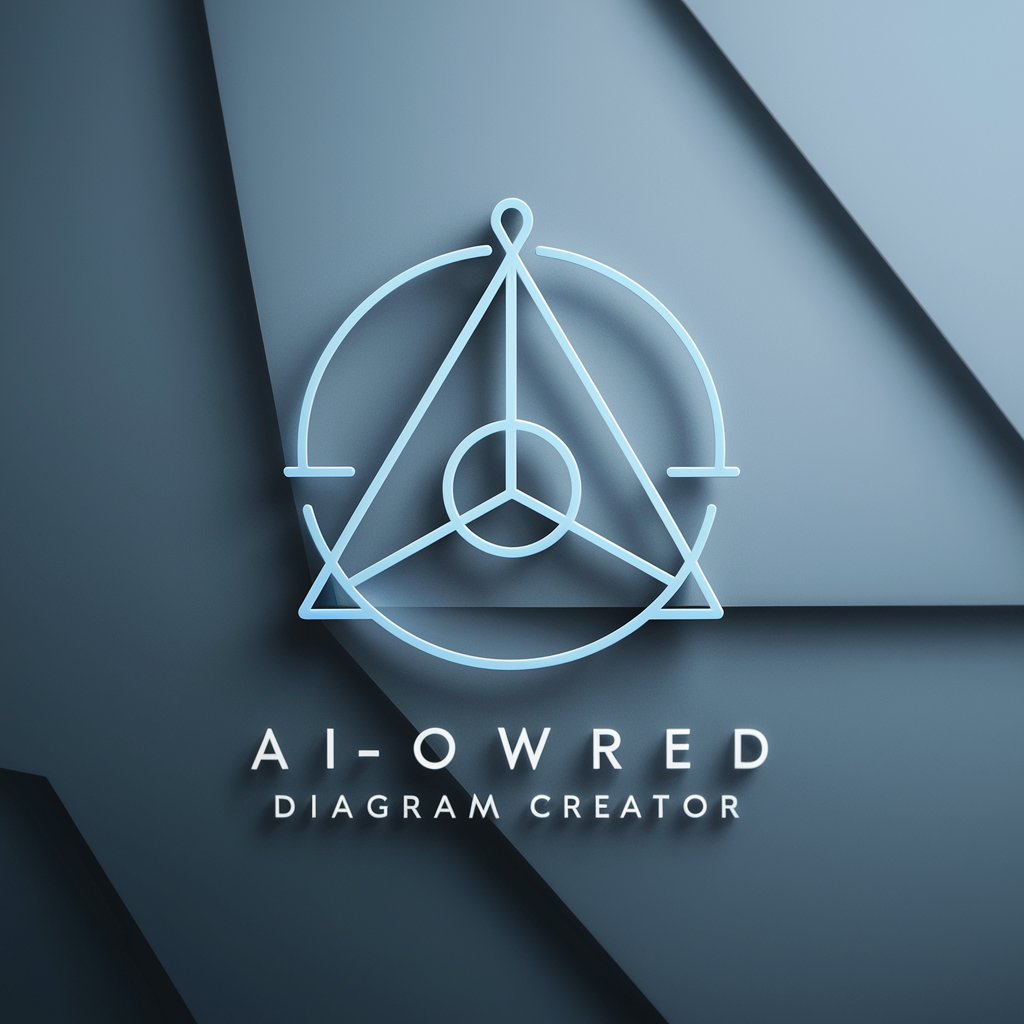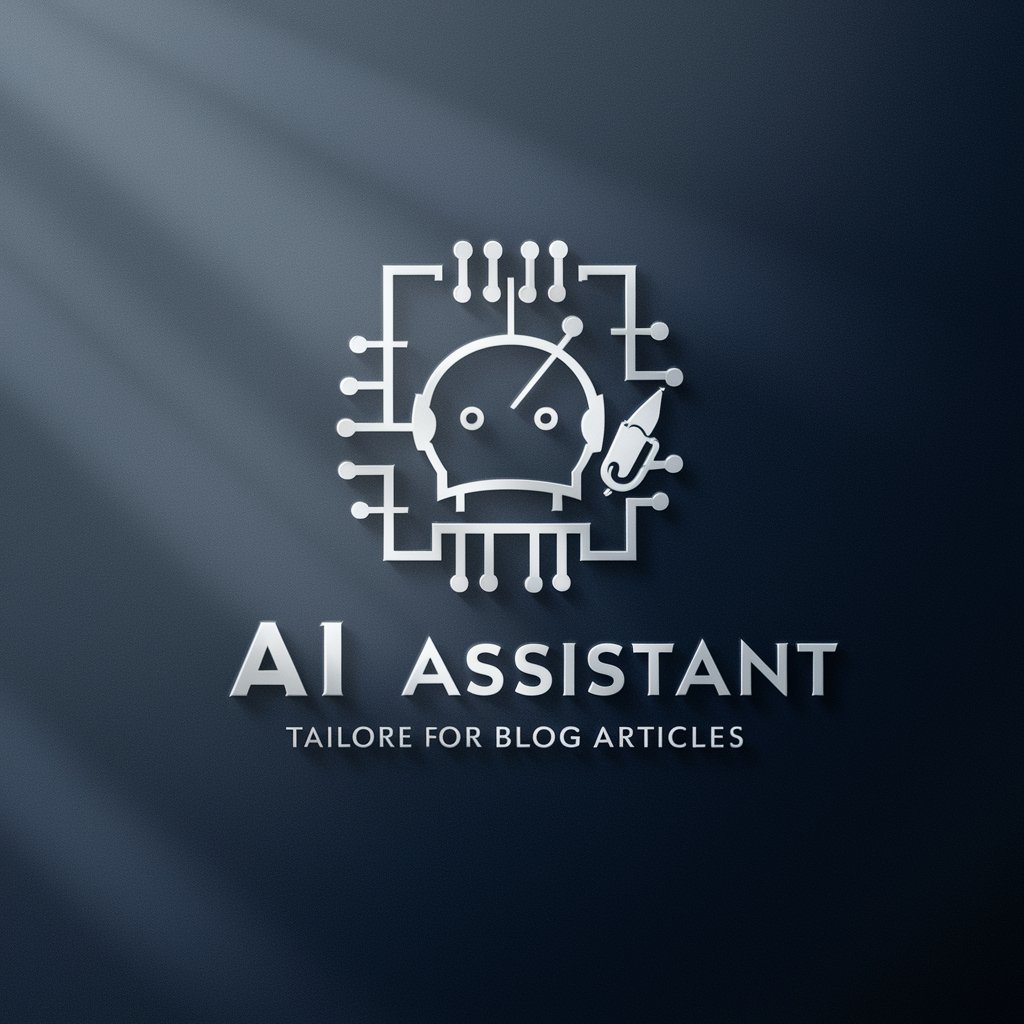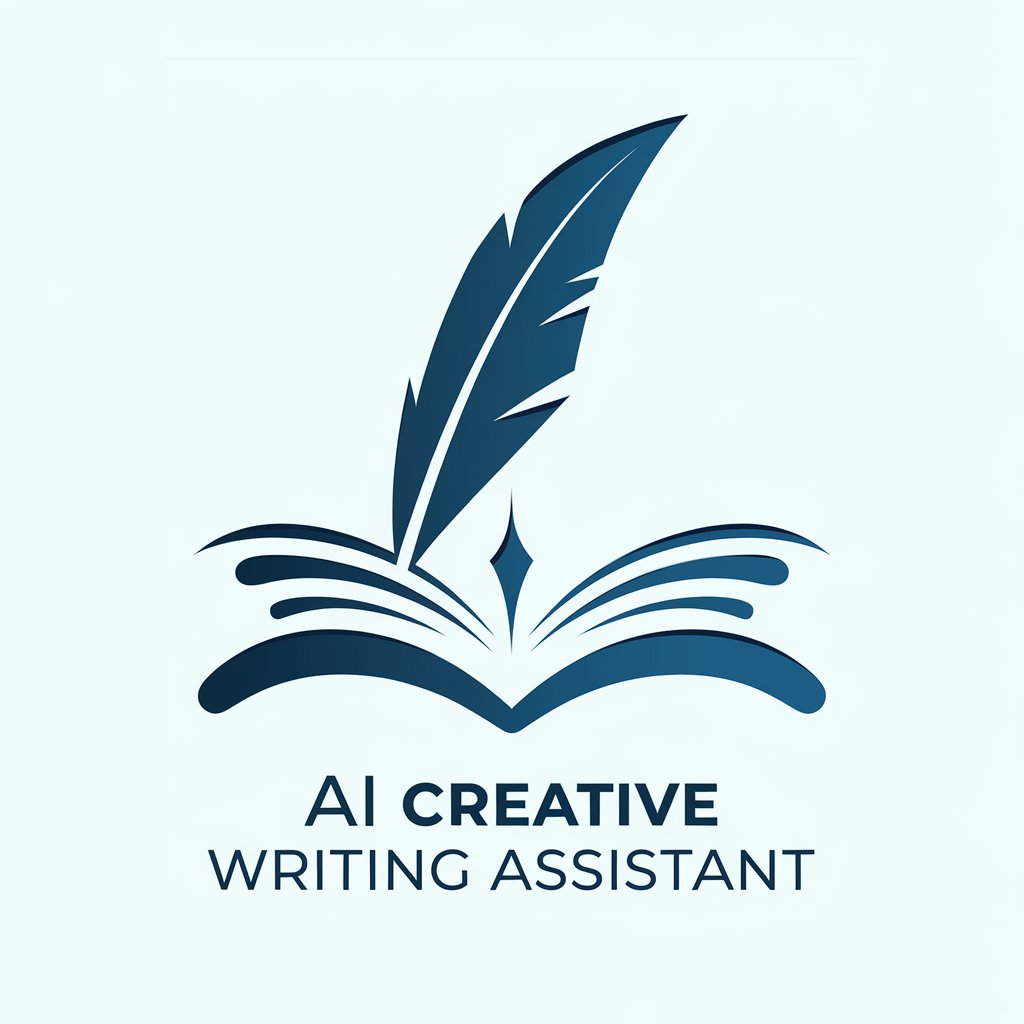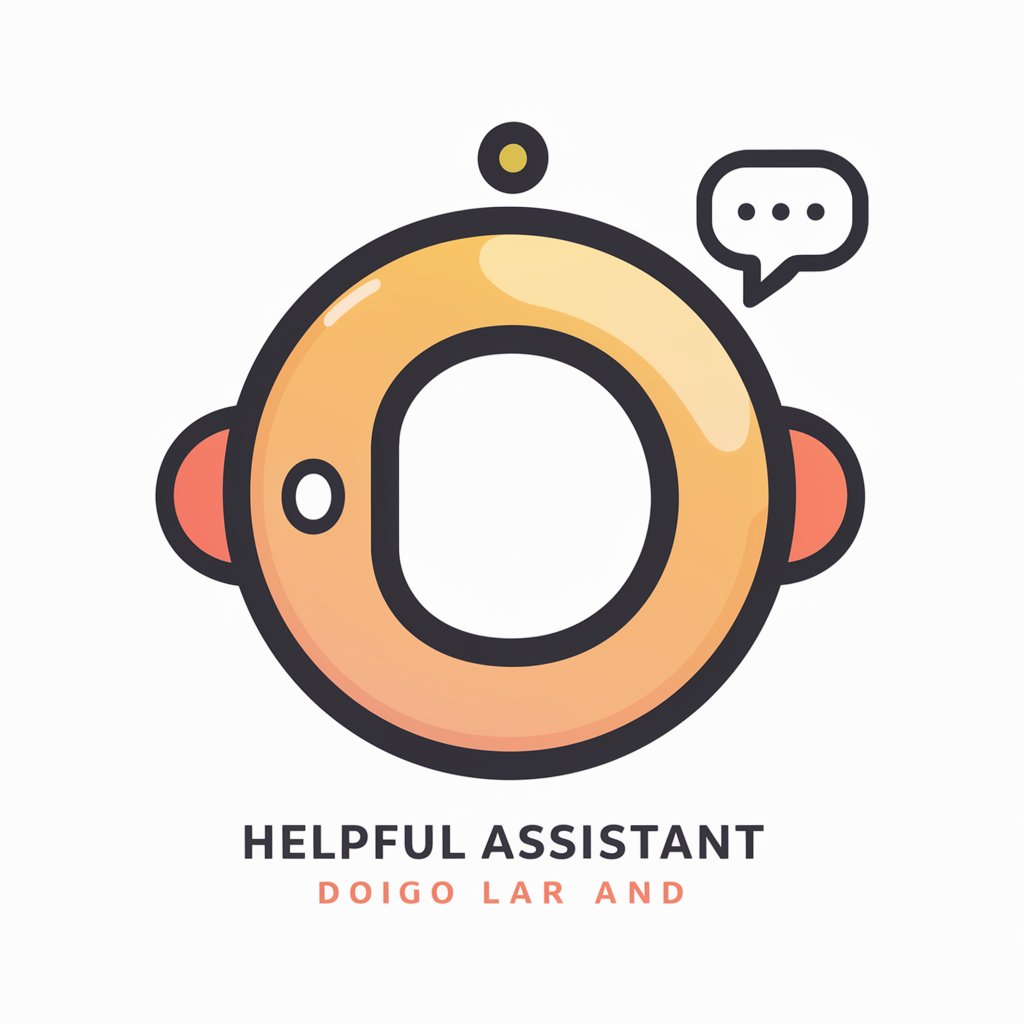
Draw.io Creator-AI diagram generator for Draw.io
AI-powered diagrams, from prompt to Draw.io

Simply tell me what you want to map out and I will generate a code for you to instantly create a new draw.io chart, graph or diagram.
Get Embed Code
Overview of Draw.io Creator
Draw.io Creator is a specialized GPT designed to generate precise diagram code for use within the Draw.io (Draw.io Creator Overviewdiagrams.net) platform. Its core purpose is to convert structured or semi-structured descriptions—such as lists of processes, systems, workflows, or relationships—into fully functional Draw.io XML diagram code. This code can be directly pasted into Draw.io via Extras → Edit Diagram to instantly render the visual layout. The GPT ensures all diagrams adhere to Draw.io's formatting requirements, such as starting with <mxGraphModel> and ending with </mxGraphModel>. It emphasizes readability, logical layout (typically horizontal), wrapped text, rounded arrows, and modular structuring. Example: A project manager provides the steps of a software development lifecycle—'Plan', 'Design', 'Develop', 'Test', 'Deploy'. Draw.io Creator takes these and outputs Draw.io code with these steps connected sequentially, evenly spaced, and labeled accurately.
Core Functions and Real-World Applications
Generating Draw.io XML Code from Step Lists
Example
Input: ['StartDraw.io Creator Overview', 'Receive Order', 'Process Payment', 'Ship Item', 'End']
Scenario
In business operations, this function helps analysts convert process descriptions into standardized visual workflows, useful in presentations or SOP documentation.
Structuring System Architecture Diagrams
Example
Input: Descriptions of a three-tier web application (frontend, backend, database)
Scenario
Software architects use this to visualize infrastructure setups quickly, such as depicting AWS-hosted microservices with communication paths, allowing easier reviews in architecture meetings.
Converting Conceptual Models to Diagrams
Example
Input: A data flow from 'User Input' → 'Validation Layer' → 'Processing Engine' → 'Data Store'
Scenario
UX designers and system engineers employ this to articulate conceptual or logical flows, particularly in wireframe or interface design stages, where early visual thinking is crucial.
Target User Groups and Their Benefits
Business Analysts, Project Managers, Process Designers
These professionals benefit from turning process documentation or operational steps into clear, actionable diagrams. Draw.io Creator eliminates manual shape-by-shape drawing, saving time and ensuring diagrammatic consistency in BPMN, SIPOC, or Lean documentation.
Software Developers, System Architects, Engineers
Technical teams use Draw.io Creator to quickly prototype infrastructure, network, or software logic diagrams without switching contexts. By translating system requirements or components into visuals, it improves alignment across technical stakeholders and simplifies architecture documentation.
How to Use Draw.io Creator
1. Access WithoutDraw.io Creator Guide Login
Visit aichatonlineJSON Code Error Fix.org for a free trial without login, also no need for ChatGPT Plus. This gives you access to Draw.io Creator instantly through a streamlined interface powered by AI.
2. Describe Your Diagram
Clearly describe the process, system, or flow you want to visualize. Specify steps, relationships, and any preferred layout (horizontal or vertical). You can also request color or formatting details.
3. Receive Draw.io Code
The Draw.io Creator provides you with a fully structured XML code block starting with <mxGraphModel> and ending with </mxGraphModel>. This code represents your diagram.
4. Import into Draw.io
Open draw.io (also known as diagrams.net), navigate to **Extras → Edit Diagram**, and paste the provided code. Your custom diagram will render instantly, ready for editing or exporting.
5. Optimize and Customize
Fine-tune your diagram in Draw.io: adjust positions, resize elements, apply styles or themesJSON Code Correction. For repeated use, save templates or ask the Draw.io Creator to generate reusable diagram structures.
Try other advanced and practical GPTs
Academic Humanizer: Formal Academic Human Content
AI-powered academic refinement, human-style.

Ecriture Humaine
AI-powered text rewriting that feels human.

《重生之我在韩国当翻译》
AI-powered translation between Chinese and Korean.

Commercial Real Estate Analysis GPT
AI-Powered Insights for Smarter CRE Decisions

Ignite My Headline
AI-Powered Headline Rewrites That Spark Engagement

ブログ記事作成ツール
AI-powered blogging made effortless

小说家plus
AI-Powered Fiction Writing Reimagined

ThreeJS
AI-powered 3D graphics made easy.

Dify AI Helper
AI-powered guidance for building smart apps

Mendix Mentor
AI-Powered Expertise for Every Mendix Developer

PWPTM
Your AI-powered professional wrestling guide.

Baptou In the Pocket™ (BIP)
AI Strategy Meets Play—BIP Style.

- Project Planning
- System Design
- Business Processes
- Workflow Mapping
- Mind Mapping
Draw.io Creator Q&A
What exactly is Draw.io Creator?
Draw.io Creator is an AI-powered tool that generates precise XML code for diagrams based on user instructions. It’s designed to work seamlessly with Draw.io, allowing fast creation of flowcharts, system maps, mind maps, and more.
Do I need any design skills to use Draw.io Creator?
No design skills are needed. Just describe your ideas or workflow in plain language, and Draw.io Creator will convert it into well-structured diagram code compatible with Draw.io.
Can I choose the orientation and style of my diagram?
Yes. By default, diagrams are laid out horizontally unless you request a vertical flow. You can also specify arrow styles, colors, or shape preferences to customize the output.
What formats does it support?
The tool outputs in XML format specifically structured for Draw.io (diagrams.net). This ensures direct compatibility without conversion, using the <mxGraphModel> standard.
How is this different from just using Draw.io directly?
Unlike manually dragging and placing shapes in Draw.io, this tool lets you instantly generate entire diagrams from simple text prompts, saving time and ensuring structural accuracy—especially useful for complex or repeatable workflows.






